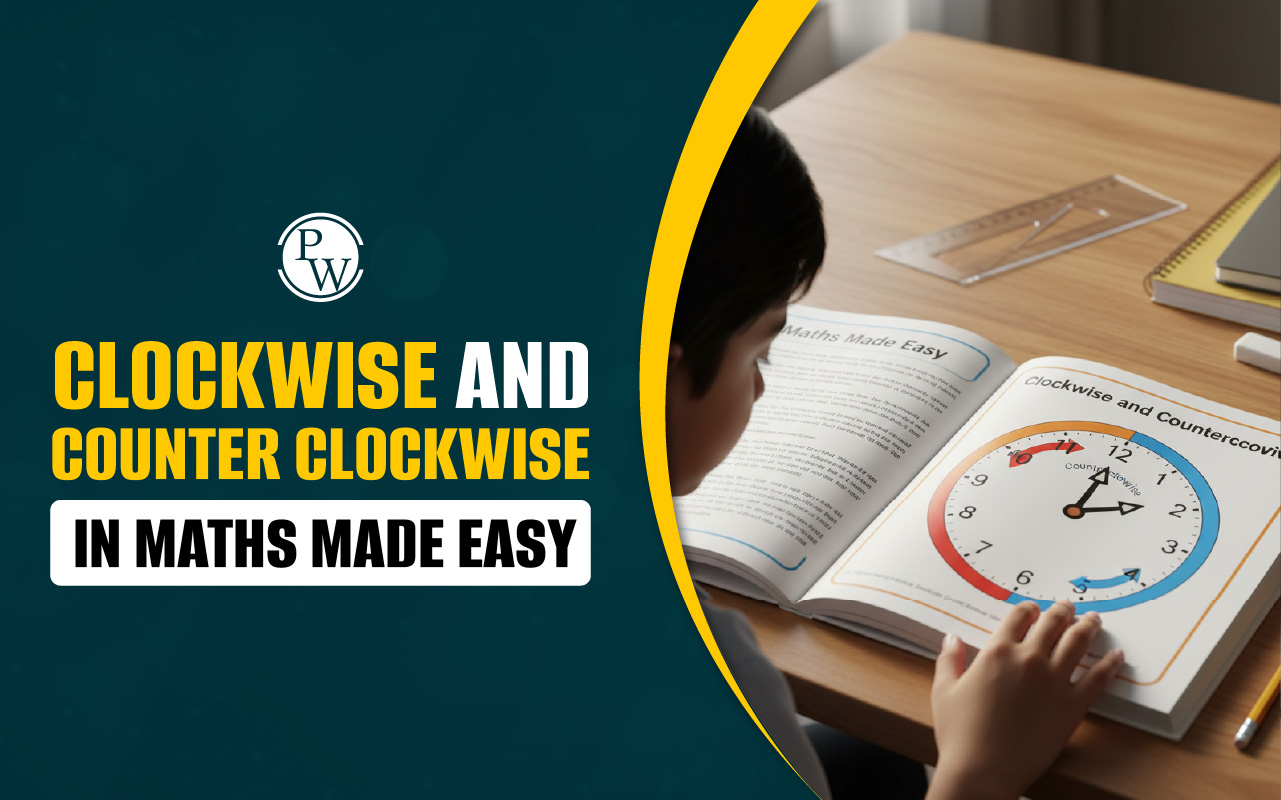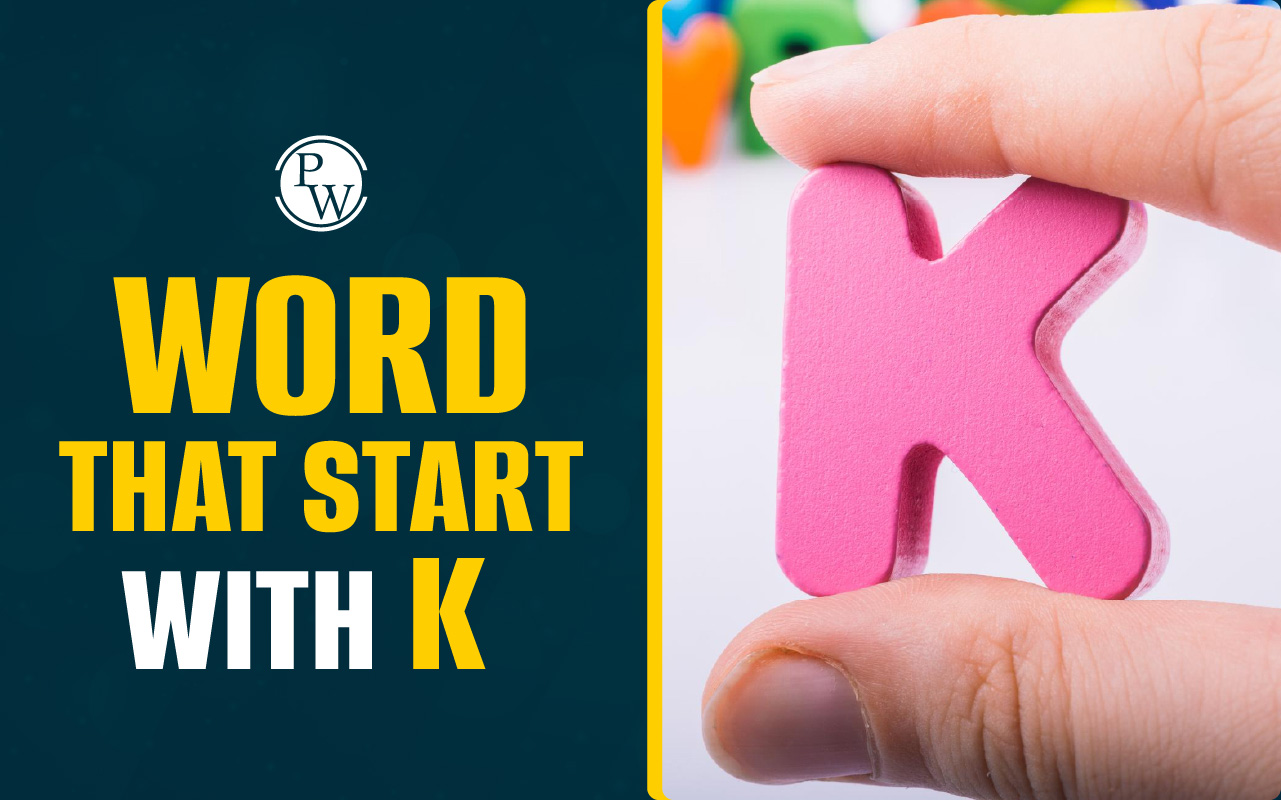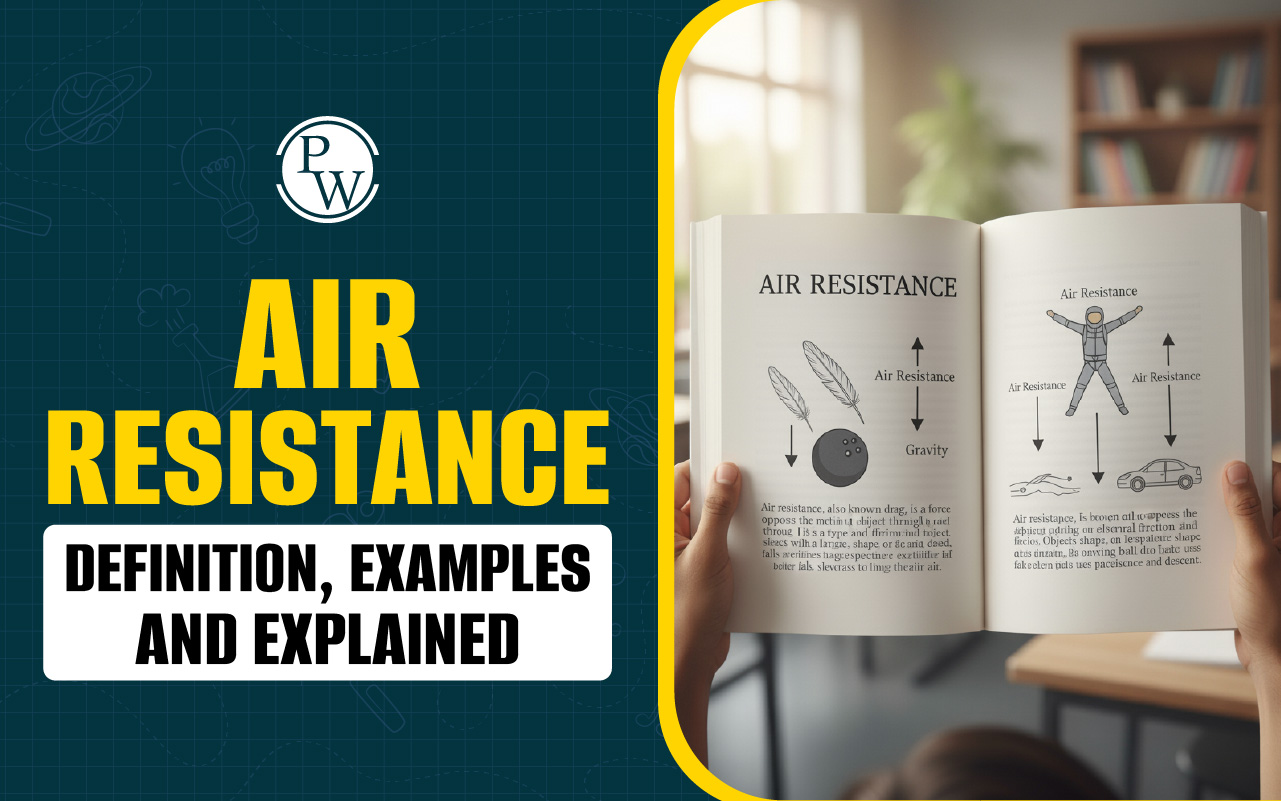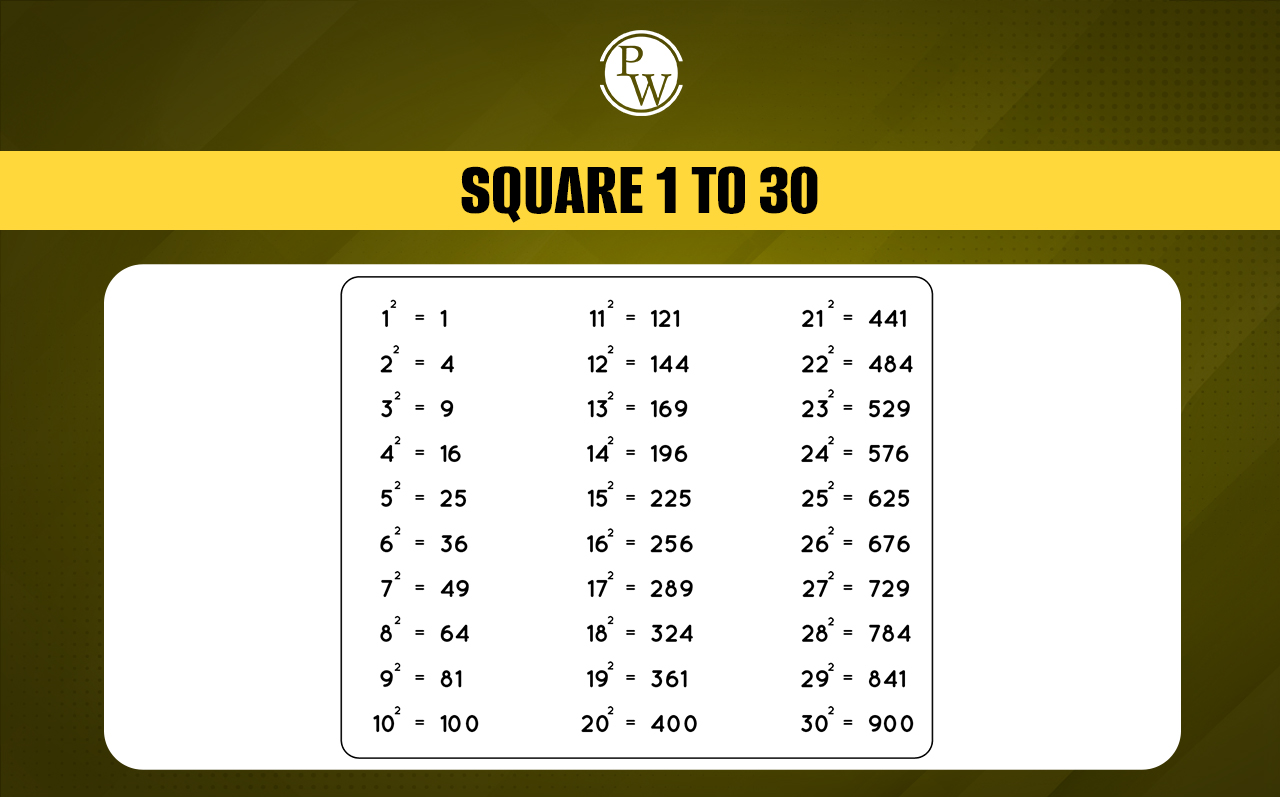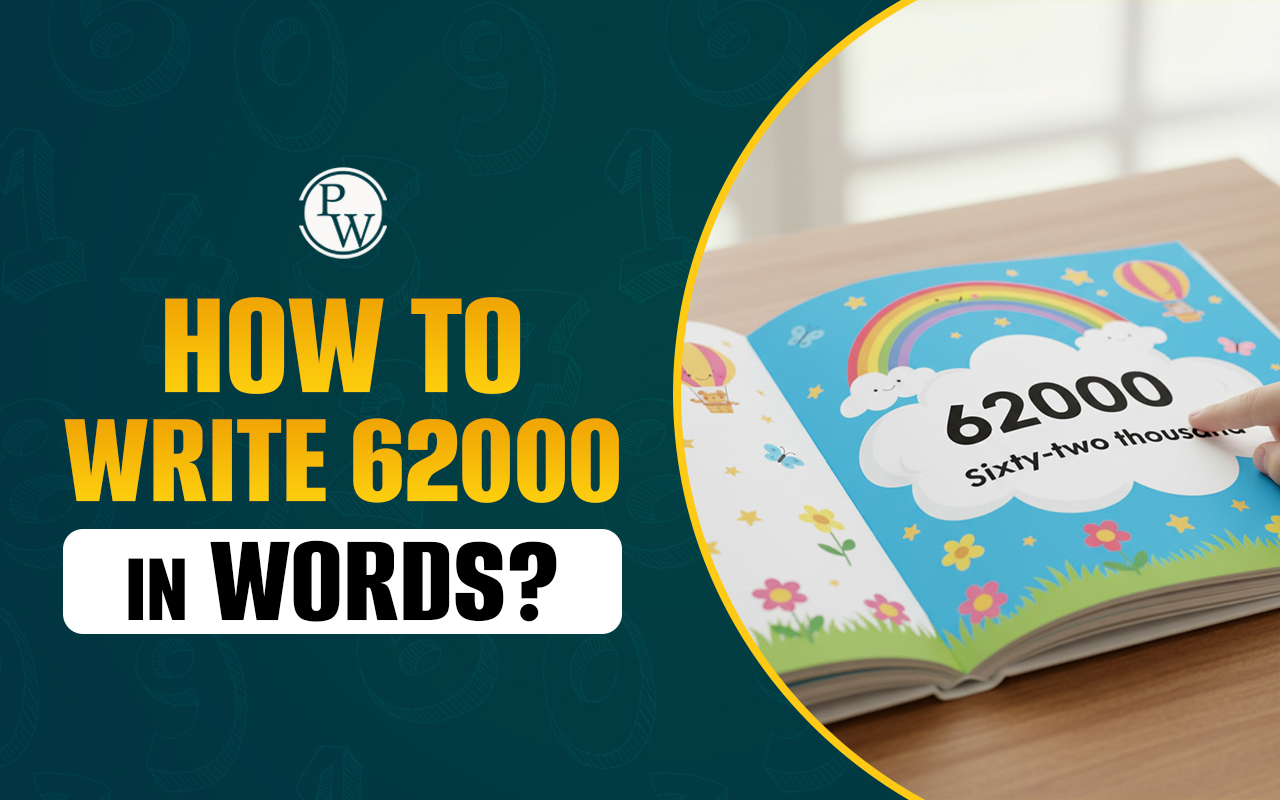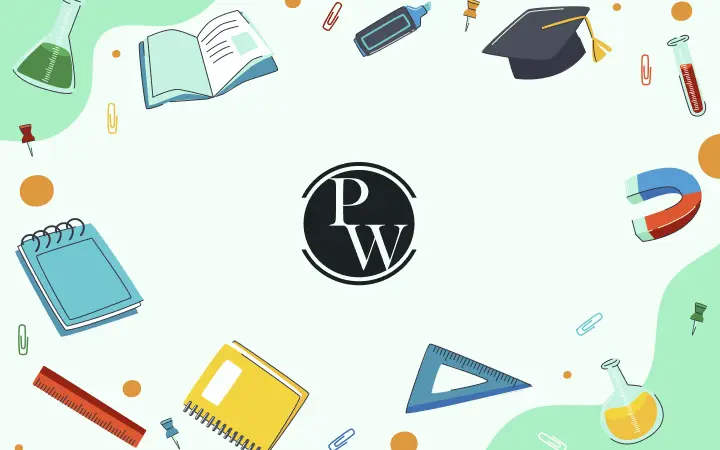

A factor of 36 is a number that divides 36 completely, with no remainder. This means when we divide 36 by that number, we get a whole number as the answer. So, what is the factor of 36? The simple answer is: the factors of 36 are 1, 2, 3, 4, 6, 9, 12, 18, and 36, as they can divide 36 fully without leaving any remainder. Factors are like the small parts that build up a number.
Understanding all factors of 36 helps in solving many math problems. If your teacher or anyone asks, "What is the factor of 36?" or “How to find factor pairs of 36?” then after going through this article, you will be able to answer them about the factor of 36 or the prime factorization of 36.
Why Should We Learn About All the Factors of 36 in Maths?
Many students ask, “Why do we even need to know the factors of 36?” or “What is the factor of 36 going to help with in real life?” Well, learning about factors of 36 actually makes many maths topics easier—like LCM, HCF, fractions, and algebra.
Also, if you're learning about multiplication and division, asking what the factor of 36 is gives you a real-world way to understand these operations.
Read More: A Cube Minus B Cube Formula
What Are the Factors of 36?
Factors are numbers that we can multiply to get another number. So, "What are the factors of 36?" When we talk about the factors of 36, we mean that factors of 36 that can be multiplied in pairs in order to give us 36 as an answer. For example, when 1 and 36 are multiplied together, the answer that comes is 36, which means both are factors.
All factors of 36 include 1, 2, 3, 4, 6, 9, 12, 18, and 36. These numbers divide 36 fully and leave no remainder. Furthermore, factors can be of two types:
-
Prime factors are numbers that can only be divided by 1 and themselves. For 36, the prime factors are 2 and 3.
-
Composite factors are numbers that have more than two factors. Examples for 36 are 4, 6, 9, 12, and 18.
Read More: Division of Fractions
What Are the Prime Factors of 36?
The prime factorization of 36 means breaking 36 into its smallest prime components. So, what is the prime factorization of 36? Basically, prime factors are those factors that are prime numbers. Prime numbers are numbers that can only be divided by 1 and themselves. So, to find the prime factorization of 36, we start by dividing 36 by the smallest prime number:
-
First, divide 36 by 2: 36 ÷ 2 = 18
-
Since 18 is still a number that can be divided, we divide it by 2 again: 18 ÷ 2 = 9
-
Now, 9 is not divisible by 2, so we move to the next prime number, which is 3: 9 ÷ 3 = 3
-
Since 3 is a prime number itself, it cannot be divided further. So, the prime factors of 36 are 2 × 2 × 3 × 3.
Prime Factorization of 36
Prime factorization means breaking a number into a set of prime numbers that, when multiplied, give the original number. Let us now find the prime factorization of 36 step by step.
-
Step 1: Start with the smallest prime number, which is 2: 36 ÷ 2 = 18
-
Step 2: Divide 18 again by 2: 18 ÷ 2 = 9
-
Now 9 cannot be divided by 2 anymore, so we go to the next prime number, which is 3.
-
Step 3: Divide 9 by 3: 9 ÷ 3 = 3
-
Step 4: Divide 3 again by 3: 3 ÷ 3 = 1.
So, we can write the prime factorization of 36 as: 2 × 2 × 3 × 3. We can also write this as: 2² × 3²
This shows that the prime factors of 36 are 2 and 3, and when we multiply them like this: 2 × 2 × 3 × 3 = 36.
The prime factorization helps us understand what small prime numbers are hidden inside a big number like 36. It is a useful method in maths to solve problems related to factors, multiples, and LCM or HCF.
So now you know the answer of "what is the prime factorization of 36?" or "what are the prime factors of 36?"
Read More: 30 Fun Maths Questions with Answers
Tricks to Remember the Prime Factorization of 36 and Its Factor Pairs
Want to quickly recall the prime factorization of 36 or list all the actor pairs of 36? Here are some memory tips!
First, remember this: 36 = 6 × 6
Now break 6 into primes: 6 = 2 × 3, so 6 × 6 = (2 × 3) × (2 × 3)
That means the prime factorization of 36 = 2 × 2 × 3 × 3
For actor pairs of 36, just start with 1 and go up:
1 × 36
2 × 18
3 × 12
4 × 9
6 × 6
That’s it those are all the factor pairs of 36. This technique is super helpful if you’re doing mental maths or preparing for exams where questions like “What is the factor of 36?” or “List all factors of 36” pop up often.
So, whether you're dealing with prime factorization of 36, solving factor-related puzzles, or simply wondering about the factors of 36, these tricks will help you learn faster and remember longer!
Finding Factors of 36 Using Multiplication Method
Wondering how to find the factors of 36 or what is the factor of 36? To find the factors of 36, we can use the multiplication method. This means we look for pairs of numbers that multiply together to give 36.
-
Step 1: Start by dividing 36 by numbers from 1 up to 9 to check which numbers divide 36 completely without leaving any remainder.
-
Step 2: When a number divides 36 exactly, it is a factor. We write that number and also write the number it pairs with to make 36. For example, 1 × 36 = 36, so both 1 and 36 are factors. Next, 2 × 18 = 36, so 2 and 18 are factors. We do this for all numbers up to 9.
-
Step 3: After checking all numbers, we get pairs like (1, 36), (2, 18), (3, 12), (4, 9), and (6, 6). Writing all these factors together gives us the full list of factors of 36.
-
So, the factors of 36 are 1, 2, 3, 4, 6, 9, 12, 18, and 36.
This method helps us in finding all factors of 36 and other numbers by simply checking multiplication pairs. The most searched question “what is the factor of 36” can be now easily answered using this method.
Read More: 15 Math Tricks to Make Learning Easy for Kids
Factor Tree of 36
A factor tree is a fun and easy way to break down a number into its prime factors. It looks like a tree with branches. Each branch splits the number into two smaller numbers that multiply to give the number above. We keep breaking the numbers until we get only prime numbers at the ends. Let’s understand how to make a factor tree for 36.
-
Start with 36 at the top: We first need to find two numbers that, when multiplied together, can give 36. For example, we can write 36 = 2 × 18.
-
Check if the numbers are prime: Here, 2 is already a prime number, so we circle it. But 18 is not a prime number, so we need to break it down more.
-
Break 18 into two factors: We can write 18 as: 18 = 2 × 9
Again, 2 is prime, so we circle it. 9 is not prime, so we go one more step.
-
Break 9 into 3 × 3: Now both 3s are prime numbers, so we circle them.
At the end of the tree, we are left with the numbers 2, 2, 3, and 3 — all of them are prime. So, the prime factors of 36 using the factor tree are: 36 = 2 × 2 × 3 × 3.
Read More: Quick Calculation Techniques for School Students
Positive and Negative Factor Pairs of 36
When two numbers are multiplied and the result is 36, then those two numbers are called a pair of factors of 36. These are written in pairs, like (1, 36) or (2, 18), because both numbers in each pair multiply to give 36.
Positive Factor Pairs of 36
These are pairs of positive whole numbers that multiply to give 36. For example:
-
1 × 36 = 36: Pair is (1, 36).
-
2 × 18 = 36: Pair is (2, 18).
-
3 × 12 = 36: Pair is (3, 12).
-
4 × 9 = 36: Pair is (4, 9).
-
6 × 6 = 36: Pair is (6, 6).
So, the positive factor pairs of 36 are: (1, 36), (2, 18), (3, 12), (4, 9), and (6, 6).
Negative Factor Pairs of 36
We can also multiply two negative numbers to get a positive number. For example:
-
(–1) × (–36) = 36: Pair is (–1, –36).
-
(–2) × (–18) = 36: Pair is (–2, –18).
-
(–3) × (–12) = 36: Pair is (–3, –12).
-
(–4) × (–9) = 36: Pair is (–4, –9).
-
(–6) × (–6) = 36: Pair is (–6, –6).
So, the negative factor pairs of 36 are: (–1, –36), (–2, –18), (–3, –12), (–4, –9), and (–6, –6).
It is important to remember that:
-
A factor pair is made of two whole numbers whose product is 36.
-
Factor pairs can be positive or negative.
-
We do not use decimal or fraction numbers in factor pairs.
-
The number 36 has five positive and five negative factor pairs.
Read More: Fun Math Activities for Kids to Develop Calculation Speed
Boost Your Child’s Math Speed & Accuracy with CuriousJr
Is your child losing marks in maths because of silly mistakes? Many children lose marks in tests not because they do not know the method, but because they make small calculation mistakes that could be avoided with strong mental math skills.
That’s where CuriousJr’s Mental Math Online Classes come in. These classes are specially designed to help your child build strong mental calculation skills from an early stage.
-
With fun animations, live interactive sessions, and personalized attention from a two-teacher model, children stay engaged while learning smart tricks to solve problems faster.
-
Daily performance tracking and regular homework support also ensure that your child keeps improving with consistent practice.
-
Regular PTMs keep you informed about your child’s progress and areas that need attention. These meetings provide a chance to discuss your child’s strengths and challenges directly with the teachers. This way, you can understand how your child is doing in class and get advice on how to support their learning at home.
Book a demo class today to see how CuriousJr can help your child become quicker, sharper, and more confident in mathematics.
Factors of 36 FAQs
What are the common factors of 36?
What are the Factors of 36?
How to find factors of 36?
Why is it important to know the factors in maths?



